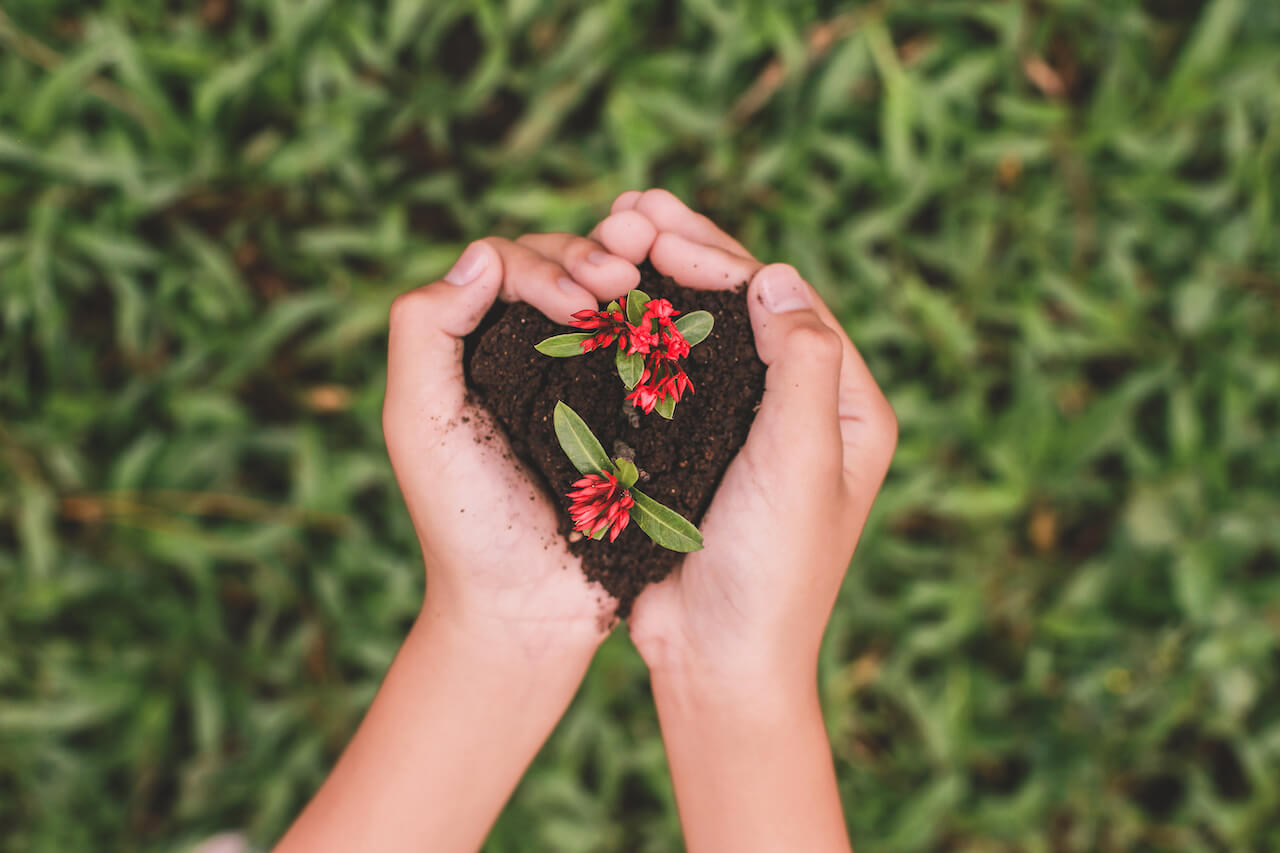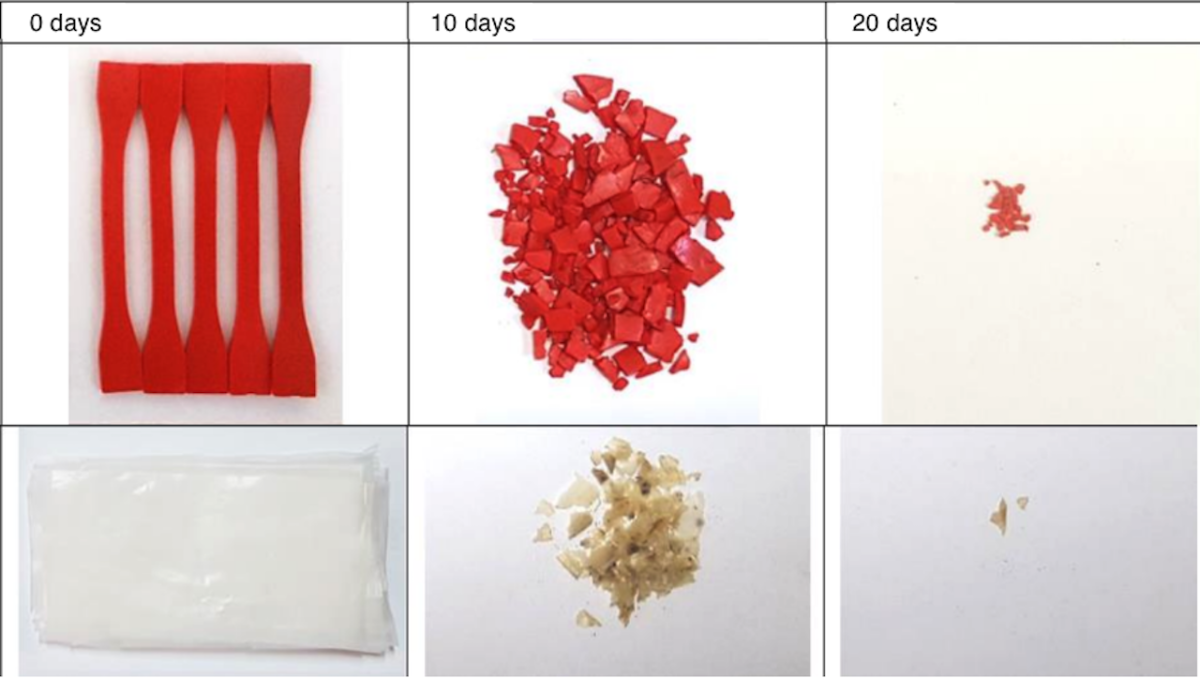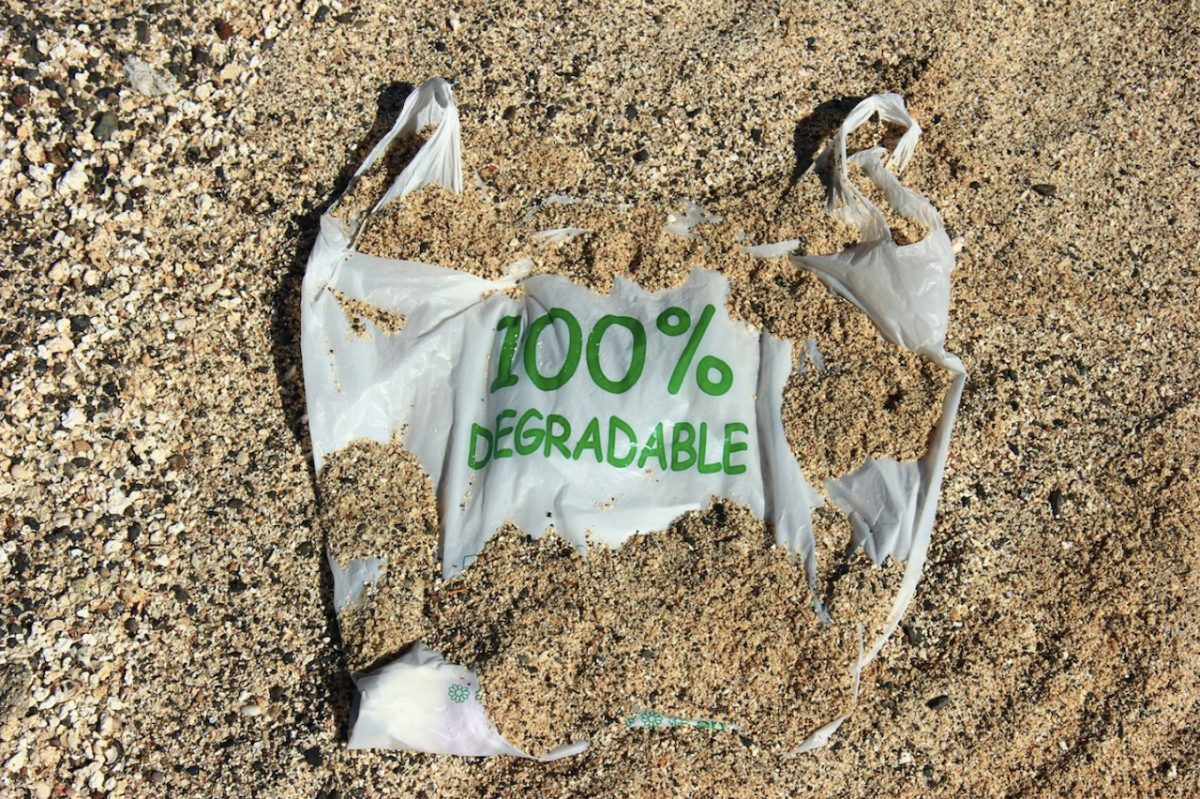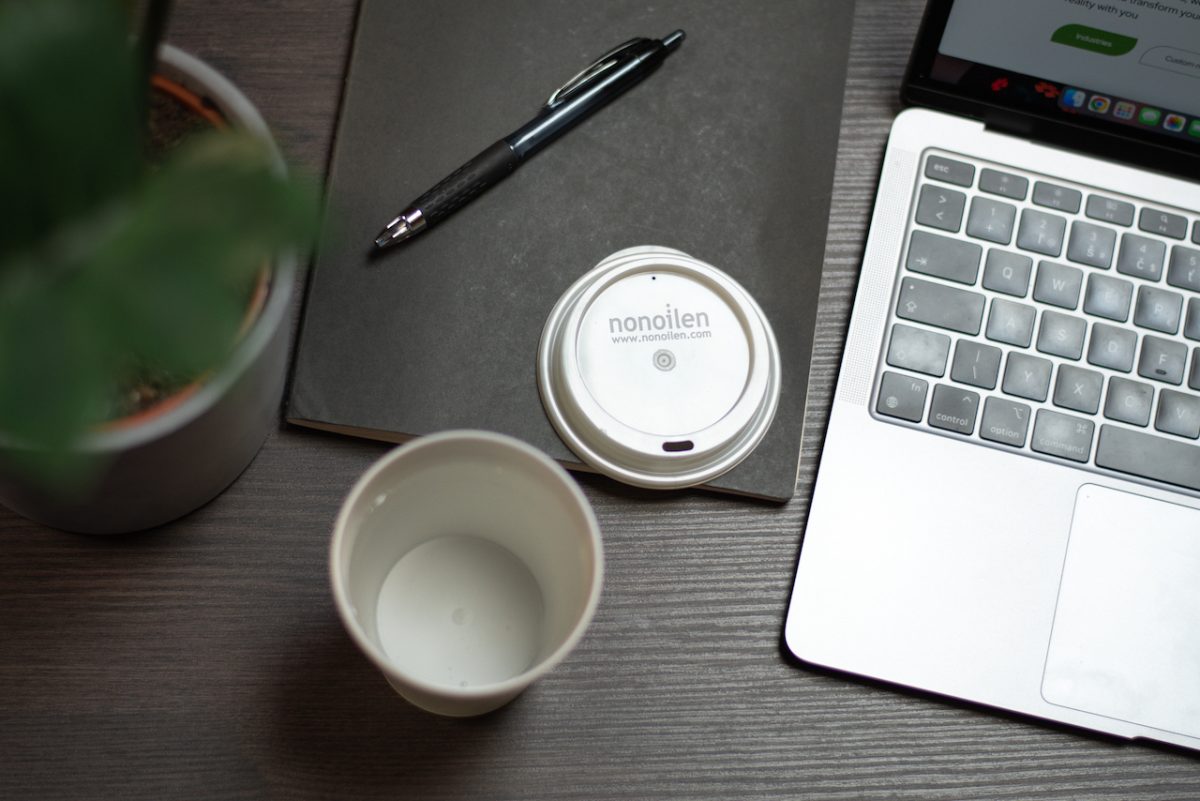
Biodegradable packaging offers a viable alternative to traditional plastics. To help you navigate what it could do for your manufacturing operation, we summarized 6 essential things you need to know about this type of packaging, including the advantages, fields of application, and reasons for its use.
Table of Contents
According to the European Environmental Agency, biodegradable means “capable of decomposing rapidly by microorganisms under natural conditions (aerobic and/or anaerobic)”.
Biodegradable packaging is a sustainable alternative to traditional plastics, designed to break down naturally into the water, carbon dioxide, and biomass with the help of microorganisms. In this context, it is also crucial to mention the following terms:
Look for solutions marked “compostable” to make sure you’re using truly biodegradable packaging. Compostable solutions biodegrade safely in industrial or home compost and can be used to enrich the soil.
The materials commonly used to manufacture biodegradable packaging include bioplastics, recycled paper, mushrooms, cellulose, and seaweed. Dive into our article Eco-friendly Materials for Packaging to learn more about the pros and cons of each type.

The manufacturing process of biodegradable packaging varies depending on the material used, but the general steps involve:
Biodegradable packaging offers several key advantages that make it an appealing choice:
Traditional plastic packaging often releases harmful chemicals into the environment as it breaks down. For example, polyethylene undergoes a natural oxidation process when exposed to the sun. Its heat and UV rays break some of the C-H bonds in the polymer’s structure. The additives and plasticizers are released into the environment, generating greenhouse gasses.
In contrast, biodegradable packaging decomposes into natural elements (water, carbon dioxide, and biomass), posing minimal risk to ecosystems.
This characteristic ensures that the packaging does not contribute to environmental degradation like conventional plastics do in the form of microplastics or greenhouse gas emissions.
Traditional non-biodegradable packaging materials like plastics take hundreds of years to decompose, leading to severe environmental issues. They often end up in landfills or oceans, contributing significantly to global pollution.
According to OECD, there is an estimated 30 Mt of plastic waste in seas and oceans, and an additional 109 Mt of plastic garbage has accumulated in rivers.
On the other hand, biodegradable packaging decomposes naturally within a relatively short time, typically a few months to a few years, depending on the specific materials used. They can be composted in industrial facilities, turning into nutrient-rich soil.
It not only eliminates the disposal hassle for your customers but also reduces the demand for landfill space, contributing to waste management solutions.
Biodegradable packaging significantly reduces waste. Since it’s made from renewable resources and decomposes naturally, it doesn’t contribute to the growing problem of non-degradable waste.
Moreover, many biodegradable packaging materials can be recycled (such as recycled paper), extending their life cycle and reducing the need for new raw materials. This approach to packaging promotes a circular economy, where waste is minimized, and resources are used efficiently.

Proper disposal is essential to maximize the benefits of biodegradable packaging. As already mentioned, biodegradable packaging needs to be compostable. Two primary methods of disposal are:
Industrial composting facilities provide the ideal conditions for biodegradable packaging to break down efficiently. These facilities maintain optimal temperature, moisture, and microbial activity levels to speed up the decomposition process.
EN 13432 is the European standard that sets out the criteria for the industrial compostability of packaging.
According to the standard, compostable plastics are required to disintegrate after 12 weeks and completely biodegrade after six months.
Home composting allows individuals to take an active role in reducing their environmental impact by converting biodegradable waste into nutrient-rich compost for their gardens. However, it’s crucial to shred the products into smaller pieces before composting to accelerate the decomposition process. The EN 13432 standard defines criteria for industrial but not for home compostability.
It's important to note that not all biodegradable materials can be composted at home, and some may require specific conditions to break down effectively.
Always consult your supplier’s guidelines for proper disposal instructions. This is important also for the subsequent education of your customers.
Biodegradable packaging finds application in various industries, including:
Biodegradable materials are being used to create everything from grocery bags to cups, takeaway containers, and cutlery. These biodegradable alternatives help reduce the vast amounts of plastic waste typically generated by the food sector, while ensuring the quality and safety of products.
Biodegradable materials like mulch films aid in weed control and soil moisture retention, contributing to sustainable agriculture practices. These films break down over time, eliminating the need for their removal at the end of the growing season, further reducing labor and environmental impact.
The cosmetics industry, notorious for its plastic waste, is another sector benefiting from biodegradable packaging. Solutions for cosmetic products, such as bottles and containers for creams, offer a greener option for beauty brands concerned about their environmental footprint. The Buying Green Report 2023 revealed that 82% of respondents are willing to pay more for sustainable packaging.
With a vast array of products, this industry has the potential to generate a significant amount of waste. To address this issue, companies are beginning to use biodegradable bottles and jars for packaging pills, capsules, and tablets.

Implementing biodegradable packaging not only offers environmental benefits but also provides various advantages for your brand. Here are some reasons to consider adopting biodegradable packaging:
Biodegradable packaging is primarily made from renewable resources. The production and disposal processes of these materials contribute significantly less to greenhouse gas emissions compared to their traditional plastic counterparts. By using biodegradable packaging, your company can significantly reduce its carbon footprint, thus contributing to global efforts in mitigating climate change.
In today’s market, consumers are becoming more environmentally conscious and are likely to support brands that align with their values. By using biodegradable packaging, your brand sends a strong message of environmental stewardship.
Such a commitment to sustainability can strengthen your brand’s reputation, build consumer trust, and foster customer loyalty.
Moreover, it can also help your brand appeal to new, eco-conscious demographics, expanding your customer base.
Whether it's food containers or bags, biodegradable materials offer a versatile and sustainable alternative to traditional plastics. It can be tailored to a wide array of shapes, sizes, and designs to suit your specific needs. This versatility allows your brand to maintain its unique identity and aesthetic appeal while making the transition to sustainable packaging.
At Ecompo, we are committed to reducing plastic waste with our solutions.
The demand for sustainable packaging is on the rise, with consumers actively seeking eco-friendly alternatives. By transitioning to biodegradable packaging, your brand can tap into this growing market segment and potentially increase sales.
A 2022 survey conducted by Deloitte found that end users consider producing sustainable packaging and products the most important brand value when deciding to shop sustainably.
The European Union is at the forefront of promoting sustainability through legislation. For example, certain single-use plastic products (such as straws) cannot be placed on the EU market from 3 July 2021. The European Green Deal lays down that all packaging sold in the EU needs to be recyclable or reusable by 2030.
Adopting biodegradable packaging is not only about adhering to current legislation but also about staying ahead of potential future laws.
Given the global trend toward sustainability, regulations around packaging are likely to become stricter in the future, both within and outside the EU.